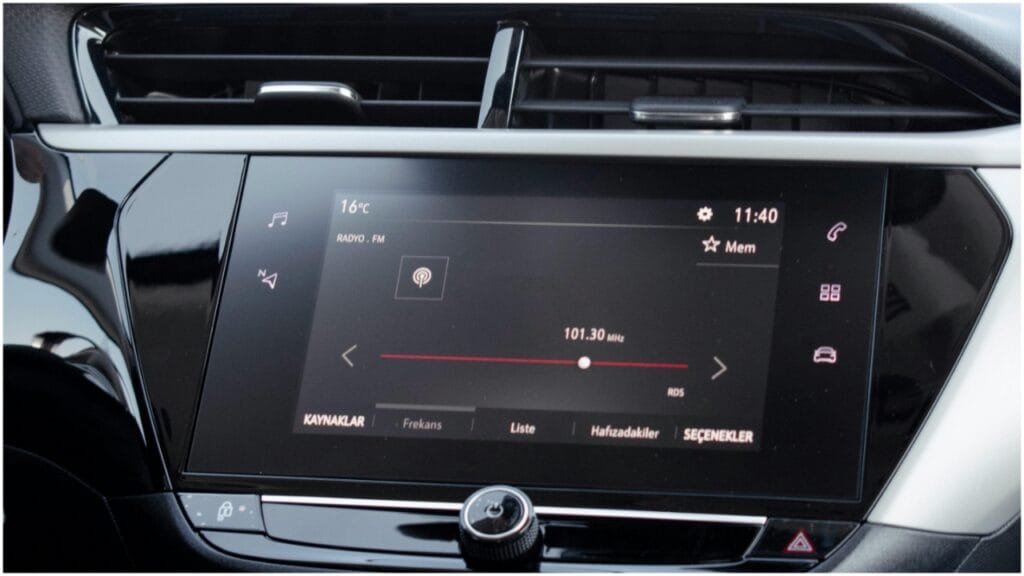Like many vehicles, the 2000 Chevy Silverado’s radio system may need to be replaced or upgraded over time. Understanding the wiring diagram for your truck’s radio is crucial to ensuring a successful installation or troubleshooting process.
This guide will explain a simplified method for wiring your Silverado’s radio, with clear explanations at every step.
Importance of the Wiring Diagram
A wiring diagram helps visualize the connections required for a proper radio installation. It clarifies which wires, including power, speakers, and ground connections, must be connected to ensure the stereo functions correctly.
Gathering the Tools and Materials
Before you begin, you’ll need a few tools to make the process easier. First, you will need a wire stripper and crimping tool. These will help you safely remove the insulation from the wires and make secure connections.
Next, gather electrical tape, a multimeter for testing the wires, and a wiring harness adapter for connecting the new stereo to the truck’s factory wiring. It’s also important to have the correct wiring diagram, which you can usually find in your vehicle’s manual or online.
Identifying Key Wires
The most important aspect of the wiring diagram is identifying the key wires that will connect to your radio. These include the power, ground, and speaker wires.
The power wire supplies the radio with electricity, while the ground wire helps complete the circuit. The speaker wires connect your truck’s speakers to the radio, ensuring sound is transmitted correctly.
To make it easier, here is a typical wiring color code for the 2000 Chevy Silverado:
- Power (12V constant): Usually yellow
- Ignition/Switched Power: Typically orange
- Ground wire: Typically black
- Left front speaker (+): Light green
- Left front speaker (-): Dark green
- Right front speaker (+): Gray
- Right front speaker (-): Gray/black
- Left rear speaker (+): Purple
- Left rear speaker (-): Purple/black
- Right rear speaker (+): White
- Right rear speaker (-): White/black
Note that wire colors can vary by make and model, so always verify with the specific diagram for your truck.
Disconnecting the Old Stereo
Once you have identified the wires and prepared your tools, you’ll need to disconnect the old stereo. Begin by removing the stereo faceplate and unscrewing any mounting brackets that hold the stereo in place.
Next, unplug the existing wiring harness. Label the wires with masking tape to avoid confusion later. Disconnecting the old unit carefully will help prevent damage to the wiring.
Connecting the New Radio

After removing the old radio, it’s time to connect the new one. Start by connecting the power and ground wires.
The power wire, often yellow, must be connected to a constant 12V source to keep the radio’s memory settings intact when the truck is off.
The ground wire, usually black, should be connected to a metal surface in the vehicle to ensure a solid connection.
Next, connect the speaker wires. This step will be more straightforward if your new radio uses a wiring harness adapter. The adapter will have color-coded connections corresponding to the truck’s existing wires.
If not, you must match the wires based on color and function. Use wire crimp connectors or soldering to make secure connections, then wrap them in electrical tape for extra insulation.
Testing the New Stereo System
Once everything is connected, it’s time to test the radio. Turn on the truck and check the radio functions. Ensure all speakers are working, and adjust the volume, bass, and treble settings to verify sound quality.
Double-check the power and ground connections if the radio doesn’t turn on. Use a multimeter to ensure the unit is powered and verify that the ground is secure.
Troubleshooting Common Issues
Issues arise during installation. If the radio isn’t working as expected, follow these troubleshooting steps. First, check the fuse box to ensure the radio fuse hasn’t blown.
Fuses protect your electrical components and can easily be replaced if necessary. Next, ensure that all wiring connections are secure. A loose or improperly connected wire can cause the system to malfunction.
Inspect the speaker wires to see if the sound is distorted or specific speakers aren’t working. Confirm that they are securely connected and not shorted. You can use a multimeter to test for continuity and check for any breaks in the wiring.
Final Steps
After confirming everything is working correctly, secure the new radio with the mounting brackets.
Ensure that the stereo is firmly fixed and will not move during driving. Finally, reinstall the faceplate or any trim pieces removed during the installation.
Conclusion
Installing a new radio in your 2000 Chevy Silverado can be straightforward if you have the correct wiring diagram and tools. This method lets you quickly identify the necessary wires, make secure connections, and test the system for proper functionality.

